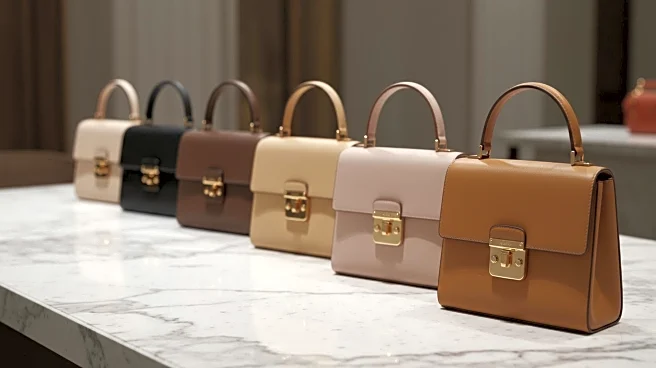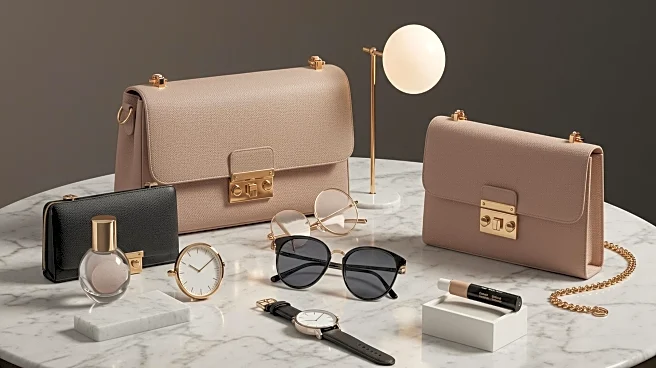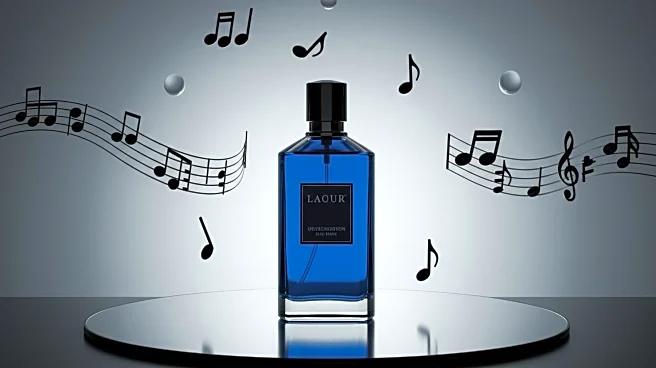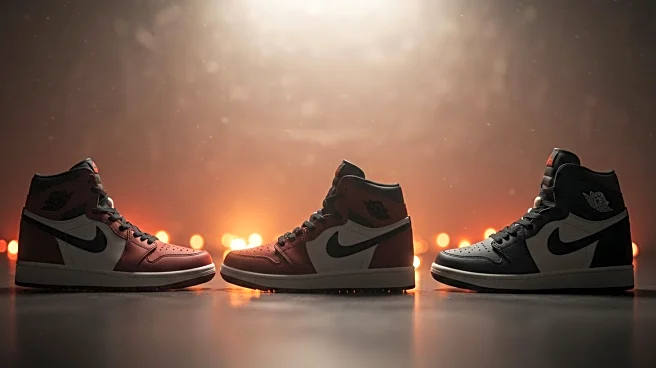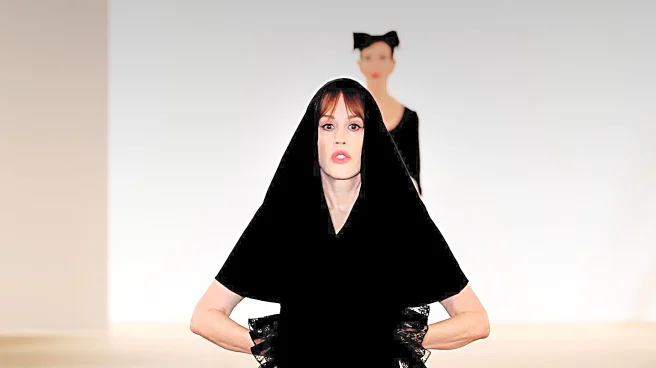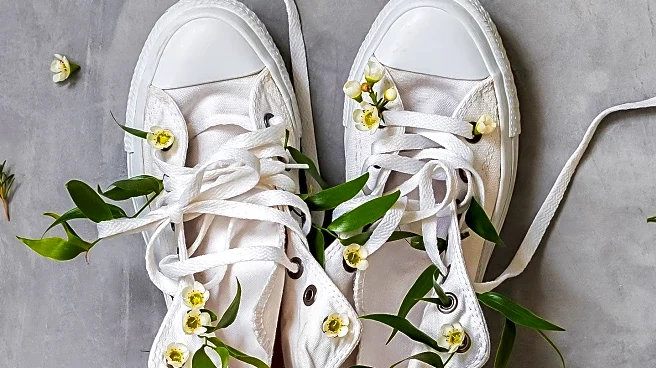What's Happening?
A new wave of designer-led labels is emerging in the fashion industry, offering high-quality products at accessible prices. Brands such as Nour Hammour, Toteme, and TWP are targeting consumers who seek sustainable and timeless fashion choices. These brands are capitalizing on a cultural shift where luxury is being redefined, focusing on longevity and quality rather than constant newness. This trend is attracting luxury consumers who are looking for more meaningful connections with their purchases. The rise of these brands reflects a rebellion against traditional luxury's approach, which often involves frequent collections and high price points.
Why It's Important?
The shift in consumer preferences towards advanced contemporary brands has significant implications for the luxury fashion industry. As consumers become more price-conscious and seek value, traditional luxury brands may face challenges in maintaining their market share. This trend could lead to a reevaluation of pricing strategies and product offerings by established luxury brands. Additionally, the focus on sustainability and timelessness aligns with broader societal movements towards responsible consumption, potentially influencing industry standards and practices. Brands that successfully navigate this shift stand to gain a loyal customer base and increased sales.
What's Next?
As the lines between luxury and contemporary fashion continue to blur, established luxury brands may need to adapt their strategies to retain customers. This could involve revisiting their pricing models, enhancing product quality, and emphasizing sustainability. New leadership at major luxury houses like Gucci and Chanel may bring fresh perspectives and strategies to address these challenges. Meanwhile, contemporary brands will aim to solidify their identities and expand their market presence, potentially leading to increased competition and innovation within the industry.
Beyond the Headlines
The rise of contemporary brands highlights a shift in consumer values, where personal connection and authenticity are prioritized over brand prestige. This change may influence the broader cultural landscape, encouraging more inclusive and diverse representations in fashion. Additionally, the trend towards 'wardrobing'—buying fewer, more timeless pieces—could impact consumer behavior across other industries, promoting a more sustainable approach to consumption.
